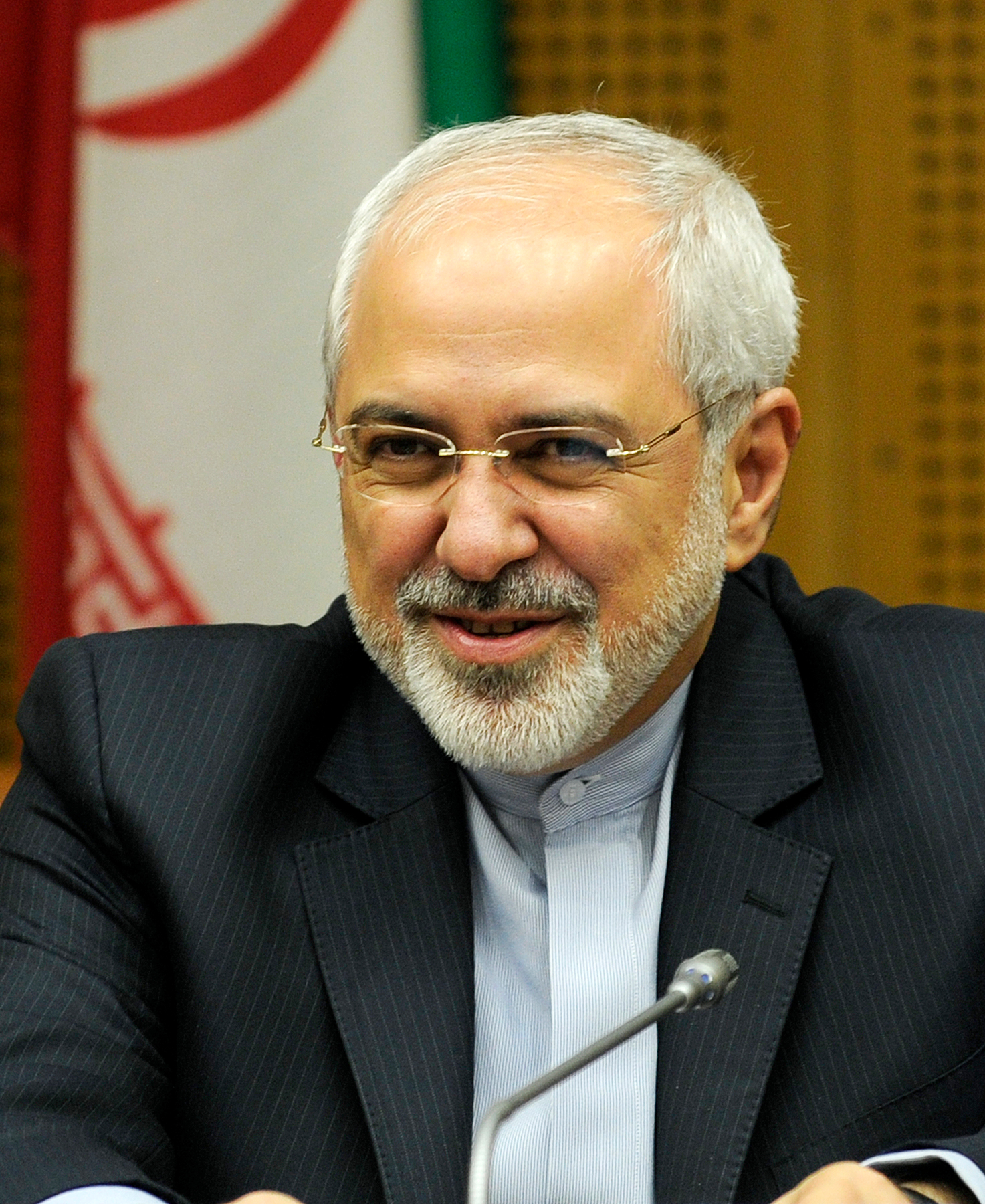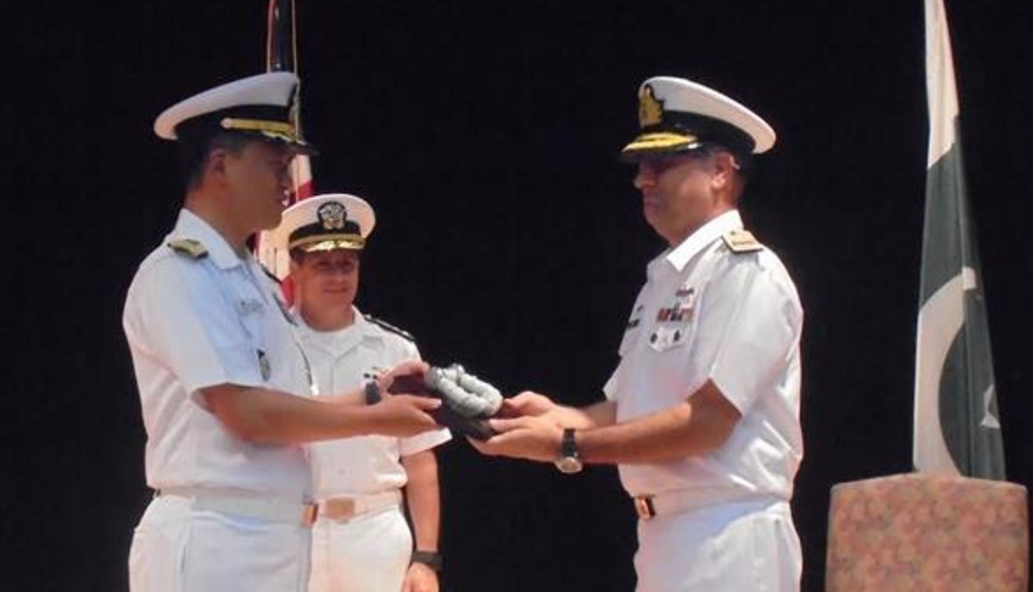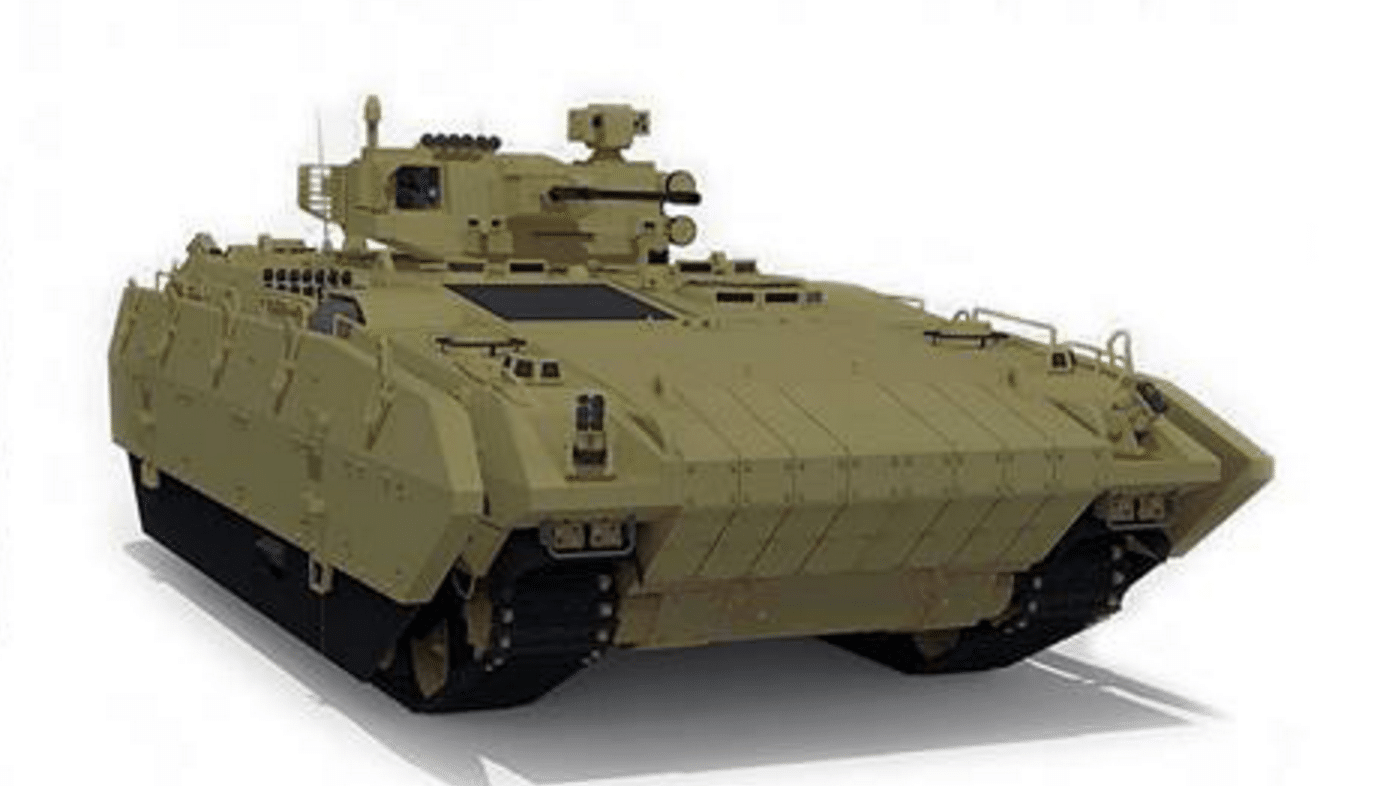2719Views 0Comments

No Sanctions for the Iranian Military
By Bilal Khan
Last week IHS Jane’s 360 released an interesting analysis of how the recent Iranian nuclear deal would have an impact on steering the ‘Islamic Republic of Iran Air Force’ (IRIAF) towards its modernization aims. The agreement set between Iran and the P5 of the U.N Security Council will allow countries to lift their respective arms embargoes on conventional weapons on Iran in 2020. In 2023 the European Union and the U.S will also be able to legislate the removal of their own respective sanctions. In addition, Iran will over the next several years also gain access to – according to Business Insider – nearly $100 billion U.S in unfrozen assets. With international legitimacy, access to modern day conventional weaponry and at least tens of billions of dollars in cold cash, it seems Iran is very well on-track to being the global defence industry’s next battleground.
China and Russia are expected to be the first to engage Iran over possible arms sales, and there is no doubt in my mind Iran will exercise its options with them right way. That said, it is not entirely clear what Iran would get from these countries, especially if it has a good shot at seeing European vendors a few years down the line. But nonetheless, it is important not to underestimate the massive impact this deal will have on enhancing the Iranian military’s conventional capabilities. Critical modern day capabilities such as satellite-guided munitions, electronic warfare technology, advanced radars and even stand-off missiles are all on the horizon for Iran, and given its restive “engagement” across the Middle East, I have little doubt that it will be inclined to employ these newfound capabilities to pursue its interests.
In terms of immediate acquisitions, I do not think Iran will engage right away. Yes, it would have the option to buy MiG-35s and J-10Bs from Russia and China respectively, but I would not be surprised if it decides to take a few steps back and opts to take on a more structured and elongated modernization path. Instead of immediate (and seemingly ad hoc) acquisitions to do away with old hardware, it is likely Iran will design a future order of battle (ORBAT) across each of its service arms, and engage in acquisitions based on that ORBAT design. For example, instead of acquiring 150 J-10Bs or MiG-35s, it might set a long-term requirement for some 250-300 advanced combat aircraft. Said requirement might even include demands for off-sets and technology transfer to permit local manufacturing. The new fighter could ultimately replace all of Iran’s existing fighter assets.
Secondly, I believe the lifting of sanctions will be a boon for the Iranian defence industry. For one thing, Iran can finally pair its strong human capital to a market willing to cooperate on and transfer advanced technology. It would not be long, in my opinion, before we see Iran rapidly progress in the area of electronics, and be able to channel its work there towards the development of advanced avionics, radar, electronic warfare and countermeasure equipment and so on. It may even model its developmental trajectory to somewhat mirror that of Turkey’s, i.e. a field of efficient and capable private and public enterprises collaborating with one another and foreign vendors to meet the Turkish military’s needs.
In fact, it would not be beyond the realm of imagination to suggest that Iran might one day become an exporter of advanced military technology itself. The removal of sanctions would ultimately work both ways, and foreign vendors may see opportunities in Iran for investment in the defence industry. If this were to occur, the term “boom time” might be a bit of an understatement, if Iran plays its cards correctly, it may be setting itself up to jump leaps ahead of its regional Arab rivals. I would say that amongst all of Iran’s neighbours, Turkey would likely be the one to give it the most competition from a developmental and modernization standpoint. How the two interact moving forward is going to be worth watching.


